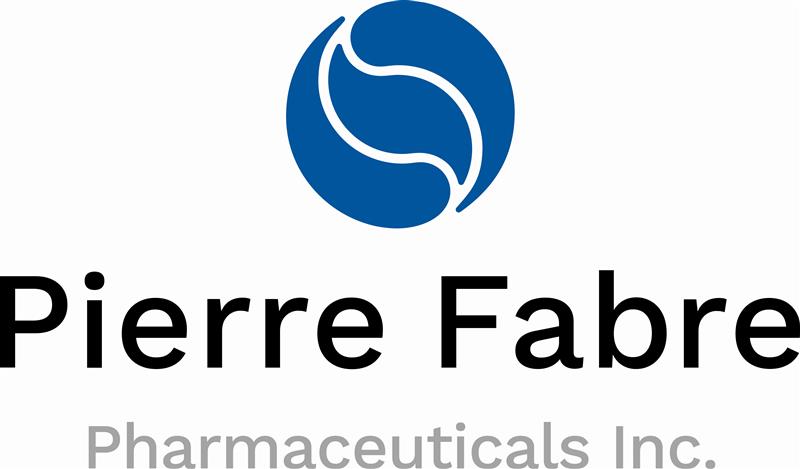Pediatric liver transplantation for metabolic diseases, the Georgetown experience.
Gabriel Eduardo Gondolesi MD1, Nada Yazigi MD1, Juan F. Guerra MD1, Khalid Khan MD1, Alexander Kroemer MD1, Udeme Ekong MD1, Carolina Rumbo MD1, Pejman Radkoni MD1, Megan Johnson1, Megan Song MD1, Chelsea Sooy1, Katheryn La Russo MD1, Lindsay Bledsoe MD1, Christof Kaltenmeier MD1, David Walls MD1, Tammy Hanel RD1, Erica W Chen1, Maeen Arslan1, Michelle Eaton1, Julia Clayton1, Megha Fitzpatrick1, Gabriel Hauser MD1, Cal Matsumoto1, Stuart Kaufman MD1, Thomas Fishbein Prof.1.
1Pediatric Liver Transplant , Medstar Georgetown Transplantation Insitutte, WASHINGTON, DC, United States
Introduction: Our Pediatric Liver Transplant (LTx) Program, was created in 2003 to address the critical needs of children with severe liver diseases in our region. Since then it has made significant strides in improving patient outcomes and advancing medical knowledge. This report provides a comprehensive overview of the program's volume, indications for transplant, type of transplants performed, long term patient and graft survival.
Material and Methods: A retrospective analysis of the patients’ medical records from 1/2003 to 1/2024, was performed. Variables included in the analyses were: primary liver transplants, patients age, diagnoses (including a sub-analysis comparing metabolic liver diseases with the other indications), type of transplants, patient and graft survival (including a Kaplan Meier (KM) sub-analysis by decades). Patients’ loss of follow-up and re-transplants were excluded from the analysis. The study was conducted under the IRB # #2017-0365. Data was analyzed using SPSSÒ v.29.0.02.
Results: 318 / 353 transplants were including in the analysis. Mean age: 4.45 ± 5.7 years. Two hundred and six patients were transplanted for non-metabolic liver diseases (65% including 90 pts Biliary Atresia, 16 hepatoblastoma, 10 AIH, 10 INH, 7 Alagille’s Syndrome, 6 IFALD, 67 others), while 112 had metabolic disorders (35% including 30 UCD, 21 MSUD, 11 PA, 14 PIFIC, 8 MMA, 28 others). The proportion of metabolic referrals increased significantly during the second decade of the program (p= 0.0001). Mean time on the waiting list: 139,5 ± 264.8 days. Type of Transplants: 172 whole livers, while 146 were segmental grafts (55 SPLITS, 8 reduce size grafts, and 83 were living donor LTx). Mean time of admission was 22 ± 21.7 days, mean time in the ICU: 5.35 ± 5.03 days. Mean time of follow up: 110 ± 106 months. Twenty pts died (7%), overall KM survival is: 98% at 1 year, 95.5% at 5 years and 94% at 10. Graft survival was: 96.5% at 1 year, 91.3% at 5 years, and 89% at 10 years. Metabolic recipients have a better but not significant patient and graft survival compared with other disorders (p= 1.2 and 0.06 respectively).
Conclusion: The program's success is attributed to a combination of cutting-edge surgical techniques, rigorous post-operative care and continuous long-term follow-up. Our program has set a benchmark in pediatric transplantation through its commitment to excellence, independently of the recipient’s diseases, which had been changing over time with the more appropriate diagnoses of metabolic disorders, cancer and anatomical challenges.
The WebApp is sponsored by:

If you have any questions during the meeting, please go to the registration desk. Our emails will be monitored sporadically.
REGISTRATION DESK OPENING TIMES
Thursday, May 1, 2025, 07:00-17:30 Friday, May 2, 2025, 07:00-12:00